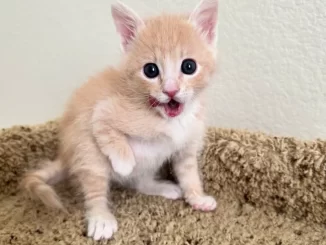Creating a toy doll involves much more than simply sewing a few pieces of fabric together. It’s a detailed and intricate process that blends artistry, craftsmanship, and a lot of love. From the initial design to the final touches, here’s a behind-the-scenes look at how toy dolls are made.

1. Concept and Design
The process begins with a concept. Designers and illustrators sketch the appearance and personality of the doll. This includes deciding on the style (whether it’s a soft plush doll, a collectible figurine, or a fashion doll) and the character’s features, such as hair color, clothing, and accessories. The designer may also develop backstories or personalities for the doll, making them more relatable and engaging for children or collectors.
2. Material Selection
Once the design is finalized, the materials are chosen. Soft dolls often require fabrics like cotton, velvet, or felt, while more durable dolls might use vinyl, plastic, or resin. High-quality fabrics are selected to ensure that the dolls are safe, durable, and appealing to the touch. The filling material, often soft polyester fiber, is carefully chosen to make the doll cuddly while maintaining its shape.

3. Pattern Creation and Cutting
Patterns are created based on the doll’s design. These are templates of each part of the doll — from the head to the body and limbs. Skilled seamstresses use these patterns to cut out pieces of fabric that will later be stitched together. Precision is key here; any mistake in the cutting process can affect the overall look and proportions of the doll.
4. Sewing and Assembling
With the pieces cut out, the next step is to sew them together. This is where the magic begins. Whether by hand or machine, each part of the doll, from the arms and legs to the torso, is sewn carefully. The face is often one of the most critical aspects of this process. Artists stitch, embroider, or paint the eyes, nose, and mouth with precision to bring the doll to life. Some dolls even have intricate facial features, such as blush or freckles, giving them a unique personality.

5. Stuffing and Shaping
After the body parts are sewn together, the doll is carefully stuffed with soft material. The stuffing process ensures that the doll has the right firmness and softness, allowing it to be both cuddly and durable. In some cases, the arms and legs may be jointed with small fasteners to give them movement, making the doll more lifelike.

6. Clothing and Accessories
Once the doll’s body is complete, attention turns to its clothing and accessories. Depending on the design, the doll might have handmade outfits, which are often sewn from a variety of fabrics. Shoes, hats, and other accessories are carefully crafted to complement the doll’s style. Some toy dolls, especially collector’s items, may feature miniature accessories like purses, jewelry, or even small pets.
7. Quality Control
Before the dolls are shipped out, they undergo rigorous quality control tests. This ensures that each doll meets safety standards, with no loose parts or materials that could be harmful to children. The final inspection also checks for any stitching errors, damage to the paint, or inconsistencies in the doll’s appearance.

8. Packaging and Distribution
Once the dolls pass inspection, they are carefully packaged to protect them during shipping. Depending on the brand, the packaging may include a box with a window to showcase the doll or a special collector’s case. After being boxed, the dolls are distributed to stores or directly to consumers, ready to be loved by their new owners.

Conclusion The making of a toy doll is an art form that requires creativity, attention to detail, and a commitment to quality. From the design stage to the final packaging, each step is crucial to ensuring that the doll is not only a safe and durable toy but also a delightful companion for children or collectors. The care and craftsmanship that go into making each doll turn it into much more than just a toy — it becomes a cherished part of childhood memories.


